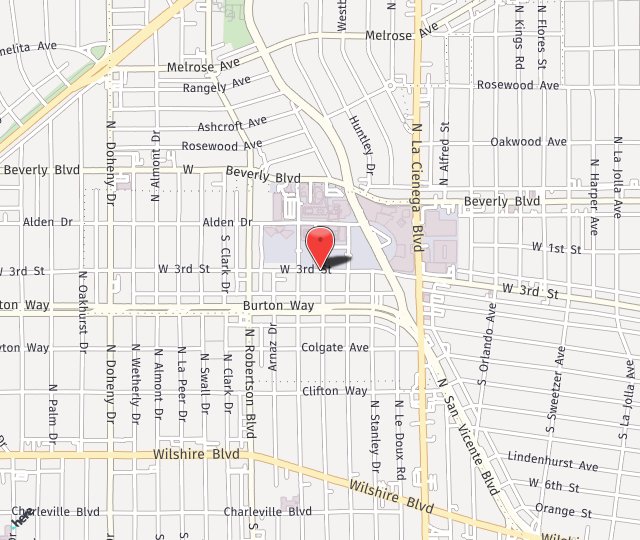Treatments
Free Functional Muscle Transfer (FFMT)
In this procedure, an expendable muscle from the patient’s inner thigh is transplanted to the area in need of a strong muscle. The muscle from the thigh, called the gracilis muscle, is one of 7 muscles that brings the thigh inward and is not critical to function. It is carefully harvested with its blood and nerve supply. Depending on the type of paralysis, the gracilis muscle can be transplanted to the face to replace the smile muscles, arm to replace the biceps, or leg to correct the foot drop. To keep the gracilis muscle alive, its blood supply is connected to the arteries and veins at the recipient site (face, arm, or leg) under the microscope. To make the new muscle move, its nerve supply must be connected to a strong, expendable nerve at the recipient site as part of a nerve transfer.
Nerve Decompression/Neurolysis
This procedure relies on surgically releasing the tight fascia, muscle, tendon, and sometimes bone that are compressing the nerve and cutting out the scar tissue around it. The goal is to provide space for the nerve, giving it a chance to regenerate its outer myelin sheath. Doing so in a timely fashion should lead to speedier electrical signals and return of movement, feeling, and function.
Nerve Graft
This procedure relies on cutting out the scar tissue, called a neuroma, that fills the gap between the two free ends. After measuring the length of the gap, Nerve Graft is harvested to bridge the defect. Donor sites include the back of the calf, front of the forearm, or back of the wrist. A sensory nerve is selected from one of these areas, one that relays feeling from a non-critical area of the body.
Nerve Transfer
In a Nerve Transfer procedure, a healthy and working motor nerve is transferred from an expendable muscle and delivered to the injured target nerve to turn back on a more important muscle. Donor sites may include an extra nerve controlling shoulder shrug, elbow extension, wrist flexion, or the rib muscles. This operation is analogous to what an electrician sometimes does when the power is shut off to an important part of the house. If the blue wire that is feeding the air conditioning unit (important muscle, i.e. biceps) is corroded directly off its energy supply (spinal cord), we can take the yellow wire that is feeding an unimportant closet light (expendable muscle, i.e. shoulder shrug) and redirect it to the blue wire further down beyond the area of corrosion. It is what electricians call a “bypass.”
Tendon Transfer
In this procedure, an expendable tendon is selected from a healthy but less important muscle group. The donor tendon is released off of its bone insertion and reconnected to a weak tendon that is more important to shoulder elbow, or hand function. The transferred tendon now has a new function to learn to perform. Examples include transferring a shoulder internal rotator muscle (latissimus) to restore shoulder external rotation or a wrist flexor to restore finger extension.


